Ever stepped into a bedroom or basement and felt like you’re in a steam room. That feeling is due to excess atmospheric moisture, commonly known as relative humidity (RH).
Below you will learn more about relative humidity, how it’s measured, and why.
- What is Relative Humidity?
- Why Does Temperature Matter?
- Why is Relative Humidity Expressed as a Percentage?
- How is Relative Humidity Measured?
- What are The Right Tools for Measuring Relative Humidity?
- Importance of Maintaining Relative Humidity
- How Do I Control Relative Humidity?
What is Relative Humidity?
The simplest description for relative humidity is the amount of moisture lingering in your indoor air. However, RH has a deeper meaning; it indicate the actual amount of moisture in your indoor atmosphere relative to the air’s capacity to hold vapor at a specific temperature.

Why Does Temperature Matter?
Temperature carries a huge impact on the atmosphere’s ability to hold moisture. Generally, as the temperature increases, it enhances the air’s capacity to retain water molecules. As a result, the air’s relative humidity decreases significantly.
On the other hand, when temperatures go down, relative humidity increases. This is because the air’s ability to hold more moisture is reduced.
Basically, warmer air requires more vapor to reach capacity, while colder air needs less moisture, hence relative humidity.
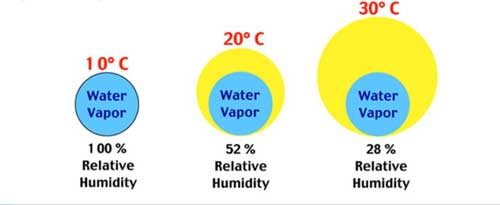
Demonstrating the Effects of Temperature on RH
If you step into a warm room, you may not feel the discomfort associated with high humidity despite the space having excess moisture. This is because high temperature prevents the moisture from condensing; hence it remains in its gaseous form.
If you lower the temperature in the same room significantly, the moisture will condense. In turn, your body and clothes could become wet as they would if you stepped into a fog.
To test this theory, introduce the same amount of moisture in two different rooms of the same size. Subsequently, use a heater to increase the temperature in one room to 90°F while the other remains at 50°F. Measure the relative humidity in both rooms and compare the results.
What you will learn: Relative humidity for the hotter room will read lower compared to the colder space. The air in the warmer room will have a higher saturation capacity than the colder one.
Why is Relative Humidity Expressed as a Percentage?
RH is expressed as a percent because it represents the amount of moisture the air is holding at a given time compared to its capacity at that specific temperature.
For instance, if you say that your room has a relative humidity of 50%, you’re referring to the amount of moisture present in that space versus the amount needed for the air to achieve full saturation while the temperature remains stagnant. 50% RH means that the air is half full with moisture.
How Is Relative Humidity Measured?
The relative humidity is determined by measuring the air density and dividing it with the pressure point at which the moisture saturates the atmosphere at a given temperature. The results are consequently multiplied by 100 percent, giving you the RH levels in percentage.
However, thanks to modern technology, you don’t need calculators to determine the RH levels in your space.
What Are The Right Tools For Measuring Relative Humidity?
You can use three instruments to determine your room’s RH levels:
Hygrometer
This tool is popularly used for measuring humidity in both business and residential buildings.
Hygrometers are available in analog and digital categories:
Analog Hygrometers: These adopt moisture-sensitive materials attached to a coil spring, which moves a needle along a circular dial similarly to an analog clock. Whatever level the needle points to, that’s your relative humidity.
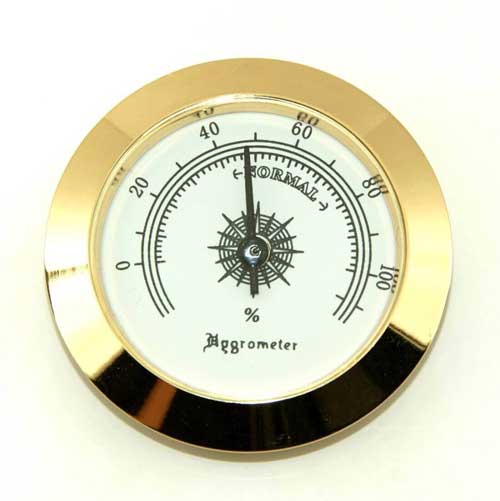
Digital Hygrometers: These utilize electronic sensors that monitor your indoor air and display the results on an LCD. Digital hygrometers are far more accurate than their analog counterparts.
Some digital hygrometers come with magnetic attachments that facilitate easy placement. They may also feature an alarm that warns you when the RH levels are too high or too low, depending on your preference.
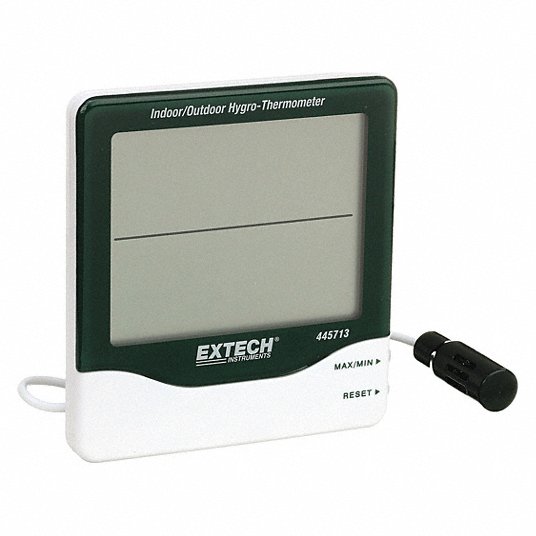
Note: You may also find some hygrometers with infrared sensors. These come in handy when looking to establish the humidity levels in far-off corners or hard-to-reach areas.
Hygrometer Apps
Thanks to modern technology, you can find phones with inbuilt sensors that monitor and display your indoor temperature and RH level on a screen. You may also find standalone sensors that you can connect to electronic devices like computers, tabs, and smartphones via Bluetooth or USB cables. Either tool requires an app to work.
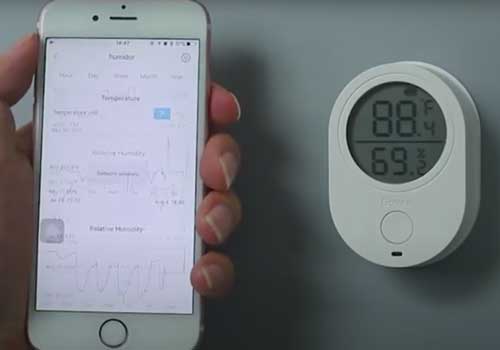
Humidistats
A humidistat works similarly to a digital hygrometer, but it’s far more advanced. This feature is intelligent enough to restore and maintain comfortable RH levels or your pre-selected amount. Humidistats are usually not standalone devices; you will often find them in moisture-controlling machines like dehumidifiers, air conditioners, and humidifiers.
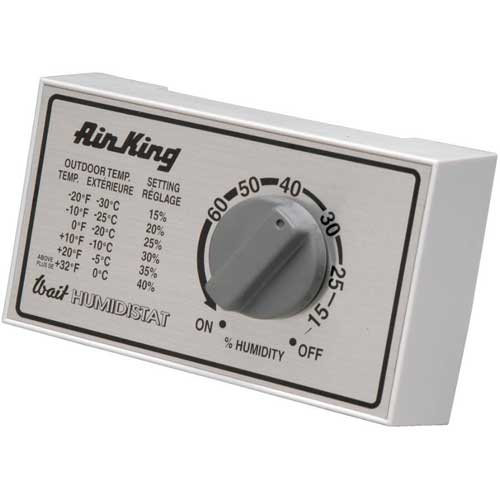
Importance of Maintaining Relative Humidity
Measuring relative humidity is a critical aspect of controlling indoor moisture. RH test gives you an insight into how much humidity you are dealing with, allowing you to take steps towards maintaining ideal and comfortable moisture levels.
Here are some compelling reasons for measuring and controlling humidity in your indoor air:
Enhanced Human Health
Determining the RH levels in a business or residential premises is important due to the effects of humidity on the occupants’ health.
With too much humidity, your body sweat fails to evaporate, leaving you feeling hot and sticky. In response, your body works harder to cool, resulting in increased blood circulation rate and respiration.
Consequently, you end up sweating profusely, and if the situation doesn’t change, you can easily get dehydrated. High humidity also causes mold growth that triggers allergic reactions and asthmatic attacks.
On the other hand, low relative humidity leads to issues like dry sinuses, chapped lips, nose bleeding, and cracked skin. It also exacerbates respiratory issues like bronchitis and asthma.

Preservation of Sensitive Electronic Devices
Precise relative humidity levels are crucial in preserving electronic materials, especially in sensitive places like data management centers.
Excessive humidity can cause corrosion on vital components on PCB boards or chips. It may also cause short-circuiting, rendering these machines and computers ineffective.
On the other hand, excessively low moisture levels in such places may cause electrostatic charges, damaging sensitive equipment and computers.
Equipment Processing
The success of manufacturing equipment, especially in the food and medical industries, depends on accurate RH levels. Humidity directly affects the sterility of food and medical equipment, particularly during the processing and storage stages.
For instance, if an endoscope drying cabinet becomes humid, the sterility of the tools is compromised, making them unsuitable for patient usage. Humidity also causes chemical imbalance on aqueous-based elements like medicines.
Effects on Wood
Wood is a porous material that changes in response to relative humidity levels. Variations in RH can affect wooden structures like decks, furniture, and structural beams.
In the presence of high RH levels in your space, wood absorbs moisture and swells. This ultimately causes rot if the moisture level is not lowered. As such, you may end up losing important items like furniture or entire building structures.
Likewise, when the humidity levels in your house drop significantly, wood loses moisture at a very high rate, causing it to shrink. This ultimately leads to cracking and splitting.
The only way you can prevent the above issues is to constantly measure your indoor RH levels and take the necessary steps towards maintaining the recommended amount.
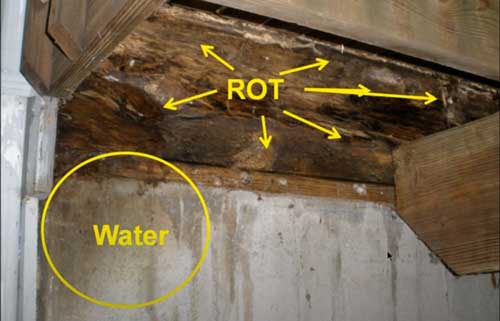
Note: Measuring humidity in areas like processing factories, where specific moisture levels are required is vital in controlling the RH levels.
How Do I Control Relative Humidity?
The recommended indoor humidity levels range between 30% and 50%. However, due to normal household activities like cooking, air-drying clothes, taking hot showers, or rearing plants, the RH levels rise significantly.
Conversely, Relative humidity could reduce to dangerous levels due to excessive dehumidification and heating.
We Suggest: To utilize dehumidifiers or humidifiers to maintain suitable moisture levels in your space.
Dehumidifiers
The term dehumidifier means a device that extracts unwanted moisture from the air to bring the RH down to your desired levels. Most moisture extractors are either compressor-based, which work with refrigerants, or desiccant units that utilize absorbents like silica gels to rid your indoor air of unwanted moisture. You may also come across ventilation dehumidifiers that provide whole-house moisture extraction.
Humidifiers
These devices uses an opposite working mechanism to dehumidifiers. Instead of extracting moisture, they turn water into vapor and disperses it into your living space’s atmosphere.
Some humidifiers come with an ultrasonic disc that vibrates rapidly to break water into tiny molecules, making them light enough to float into your indoor air. Others come with a heating element that boils the water to produce vapor.
Tip: While the RH level of 40% to 50% is suitable for homes and offices, it may be inappropriate for different industries depending on the required conditions for manufacturing various products. The ideal RH may also vary in the agricultural sector, especially where grow rooms are involved.
The Bottom Line
Humidity is part of nature that forms a critical part of our livelihood. It directly affects health, comfort, plants, as well as household equipment and furniture. Different spaces require varying RH levels, including grow rooms, manufacturing industries, and homes. Relative humidity needs to be controlled for improved health, productivity, and aesthetics.
Before controlling the humidity in your space, you need to measure it first to determine whether it’s too low, too high, or just the right amount. While there are numerous ways of measuring moisture, a hygrometer or humidistat provides the most accurate results. It’s advisable to purchase a unit with an integrated humidistat to acquire specific RH levels.
